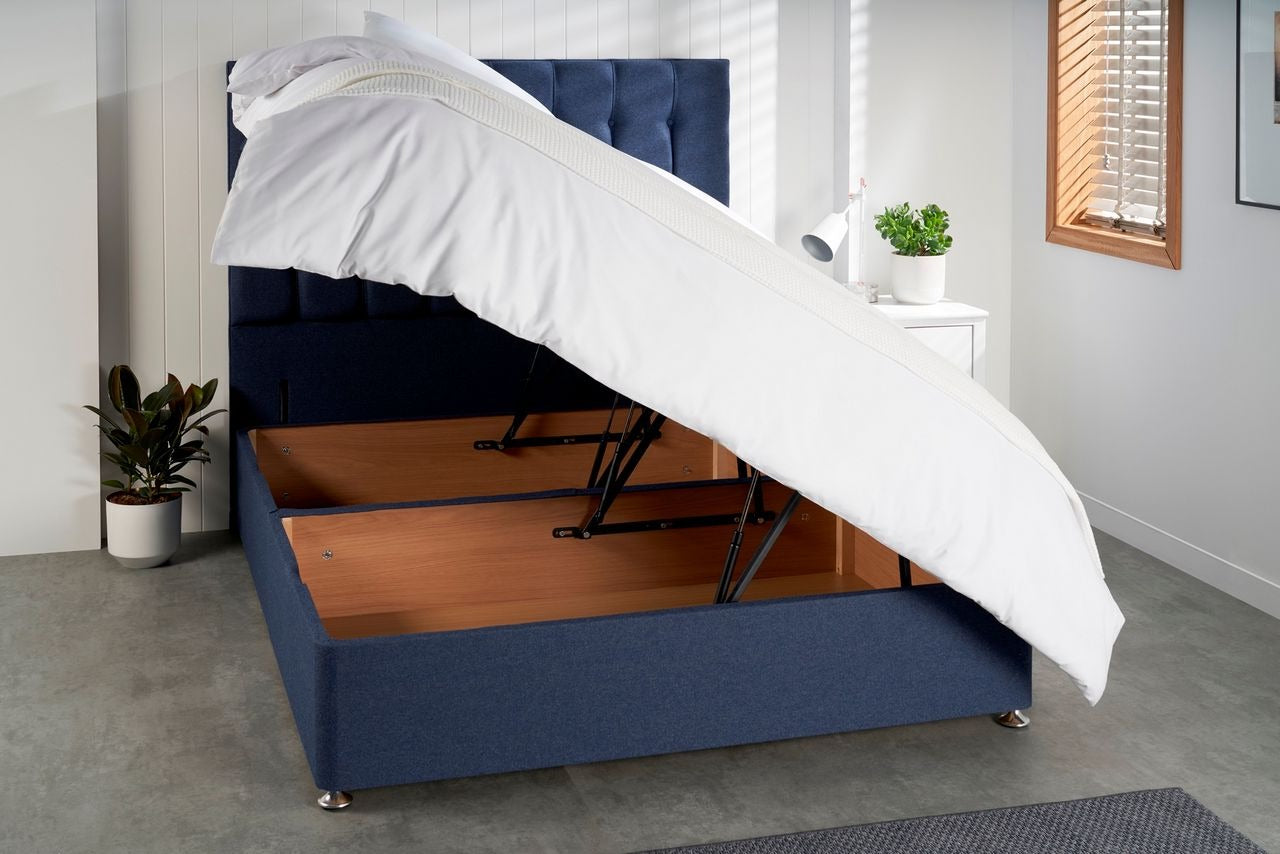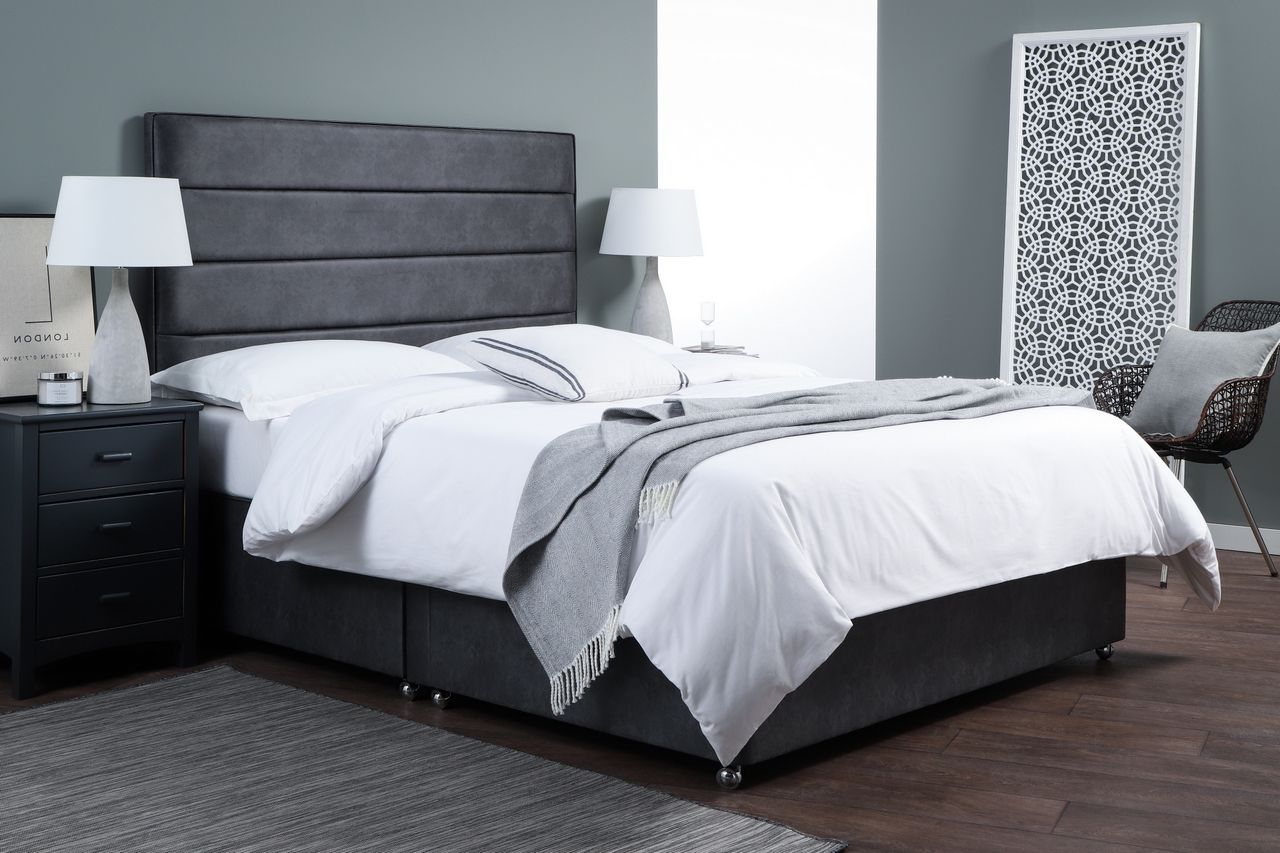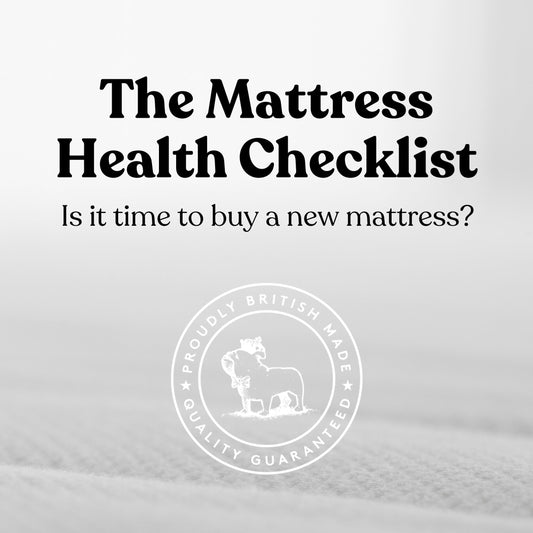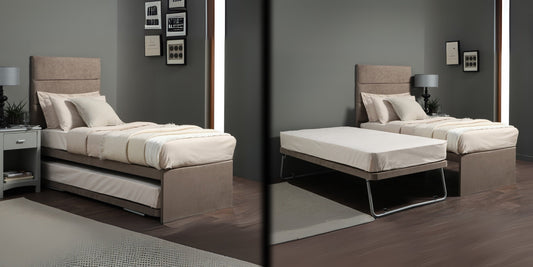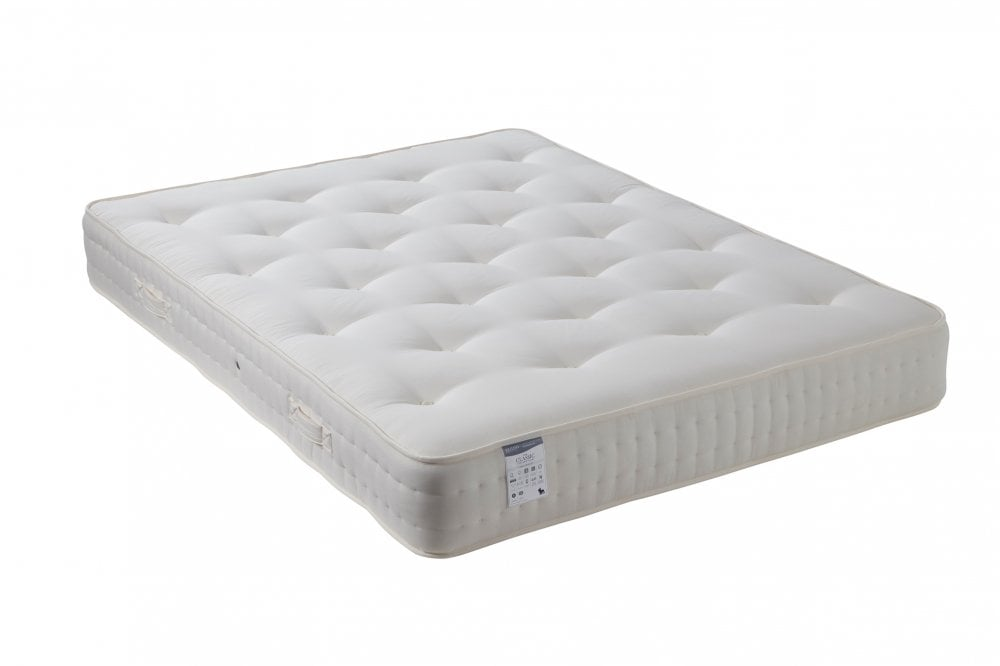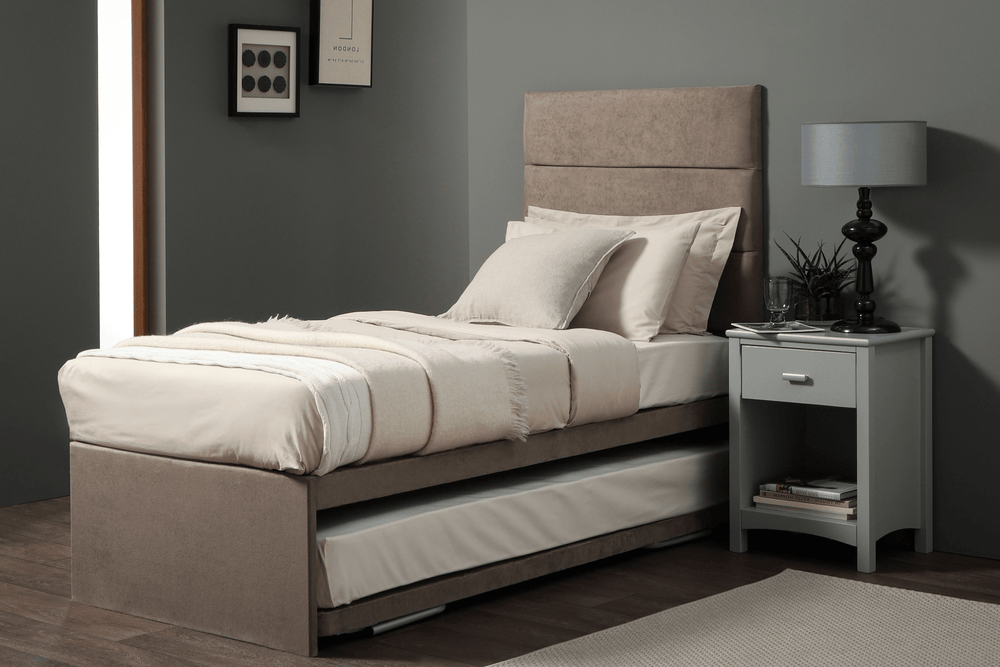How do you know if it's time to get a new mattress? Here are our mattress health checks we recommend you try tonight.
1. Age Matters
Most mattresses last 7–8 years before support and comfort start to decline.
If yours is older, even if it looks fine, the internal springs or fillings may have broken down over time.
2. The Sag Test
Look across your mattress when it’s bare. Can you see any dips, lumps, or uneven spots?
Lie down and see if you naturally roll toward the middle.
Sagging areas reduce spinal support and can cause aches or restless sleep.
3. The Comfort Check
Do you wake up with stiffness or back pain that eases once you’re up?
Do you find yourself tossing and turning more often?
These are key signs your mattress is no longer giving even support.
4. Sound & Smell
Listen for any creaks or squeaks as these can indicate worn springs or weakened frames (especially with divan bases).
Give it a quick sniff and check for musty odours, which can point to trapped moisture, dust, or bacteria.
5. Hygiene & Allergies
Over time, even with regular cleaning, mattresses collect sweat, skin cells, and dust mites.
If you’ve noticed an increase in allergies or nighttime congestion, it could be due to a mattress past its prime.
6. Partner Test
If you share your bed, does movement on one side cause noticeable motion on the other?
Modern mattresses and divan bases are designed to minimise this “roll together” effect - if yours doesn’t, it’s showing its age.
7. Visual Inspection of Base & Mattress
Check your bed base too, as loose joints, damaged slats, or worn fabric can all impact the mattress’s lifespan and support.
A solid, supportive base helps your mattress last longer and perform better.
Final Rule of Thumb
If your mattress is over 8 years old, looks worn, or just doesn’t feel as comfortable as it used to, it’s probably time to replace it.
Your body changes, your sleep needs evolve, and your mattress should keep up.








